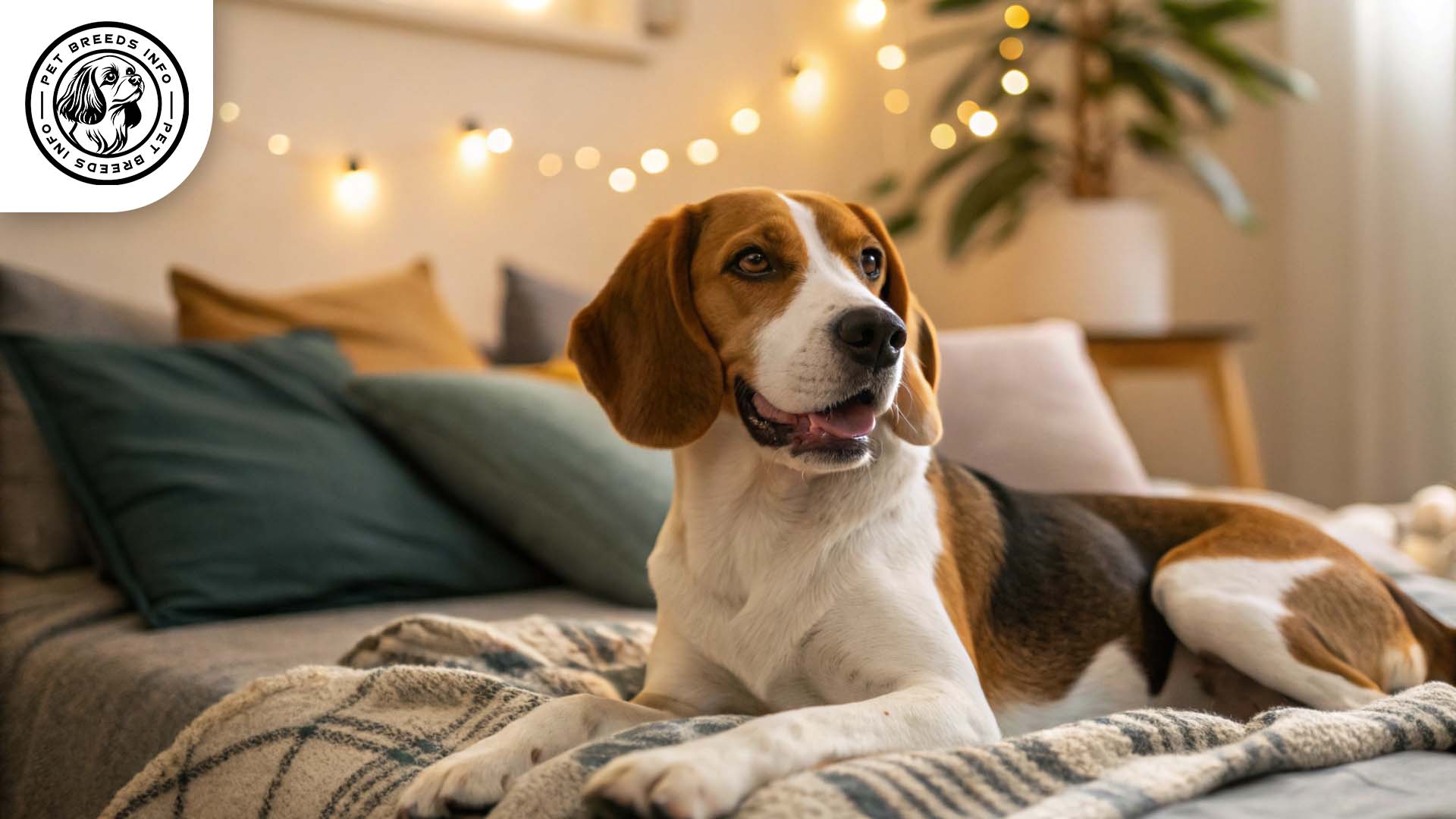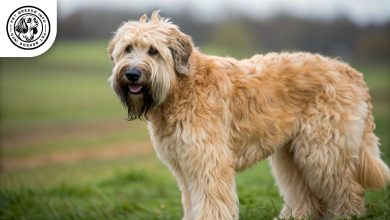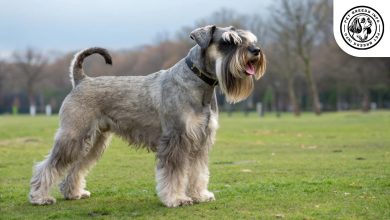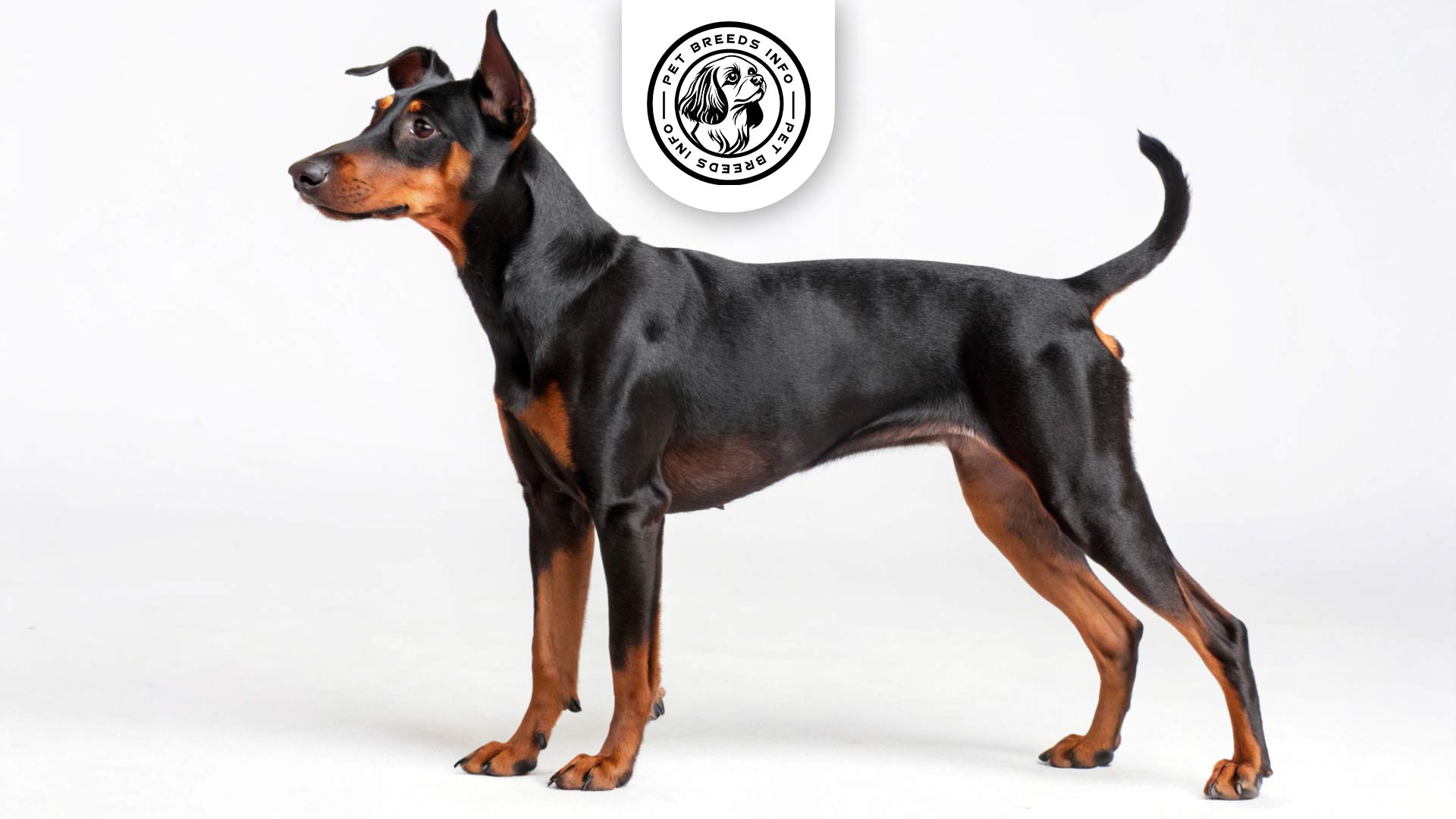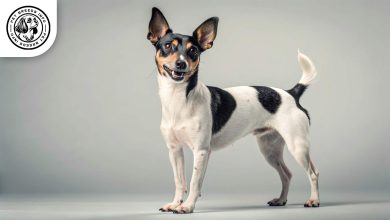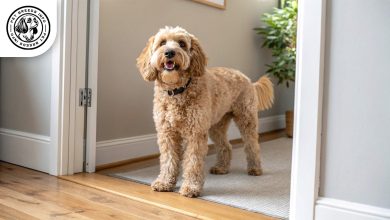Estonian Hound Dog Breed: Size, Health, Price & Personality
General Introduction of the Breed
The Estonian Hound, known as “Eesti Hagijas” in Estonian, is a medium-sized hunting dog breed originating from Estonia. This breed was developed in the mid-20th century as a result of selective breeding to create a reliable and efficient scent hound. The Estonian government set a requirement for a hunting breed under 17 inches in height, leading to the creation of the Estonian Hound through the crossbreeding of local dogs with beagles, foxhounds, and other hounds.
Table of Contents
| Weight | 31-55 lbs (14-25 kg) |
| Lifespan | 12-15 years |
| Diet | High-quality dry kibble, wet food, or balanced raw diet |
| Care | Requires at least 1 hour of daily exercise, easy grooming (weekly brushing), ear cleaning, nail trimming, and dental hygiene |
| Health | Hip dysplasia, ear infections |
| Color | Tricolor (white, black, tan) |
| Nature | Intelligent, loyal, affectionate, high energy, friendly |
| Price | $400 to $800 |
Physical Characteristics
Male Estonian Hounds typically stand between 45-52 cm (17.7-20.5 inches) in height and weigh between 15-25 kg (33-55 lbs). Females are slightly smaller, standing around 42-49 cm (16.5-19.3 inches) and weighing 14-22 kg (31-49 lbs).
The breed has a short, dense coat that provides protection from outdoor conditions. Coat colors commonly include tricolor variations, with a mix of white, black, and tan markings.
The breed’s eyes are medium-sized, dark brown, and have an expressive and intelligent gaze. Their ears are long, set high, and hang close to the cheeks, a characteristic feature of scent hounds. The tail is long and slightly curved, carried naturally when in motion.
One of the distinctive physical traits of the Estonian Hound is its well-proportioned and muscular body, built for endurance and agility.
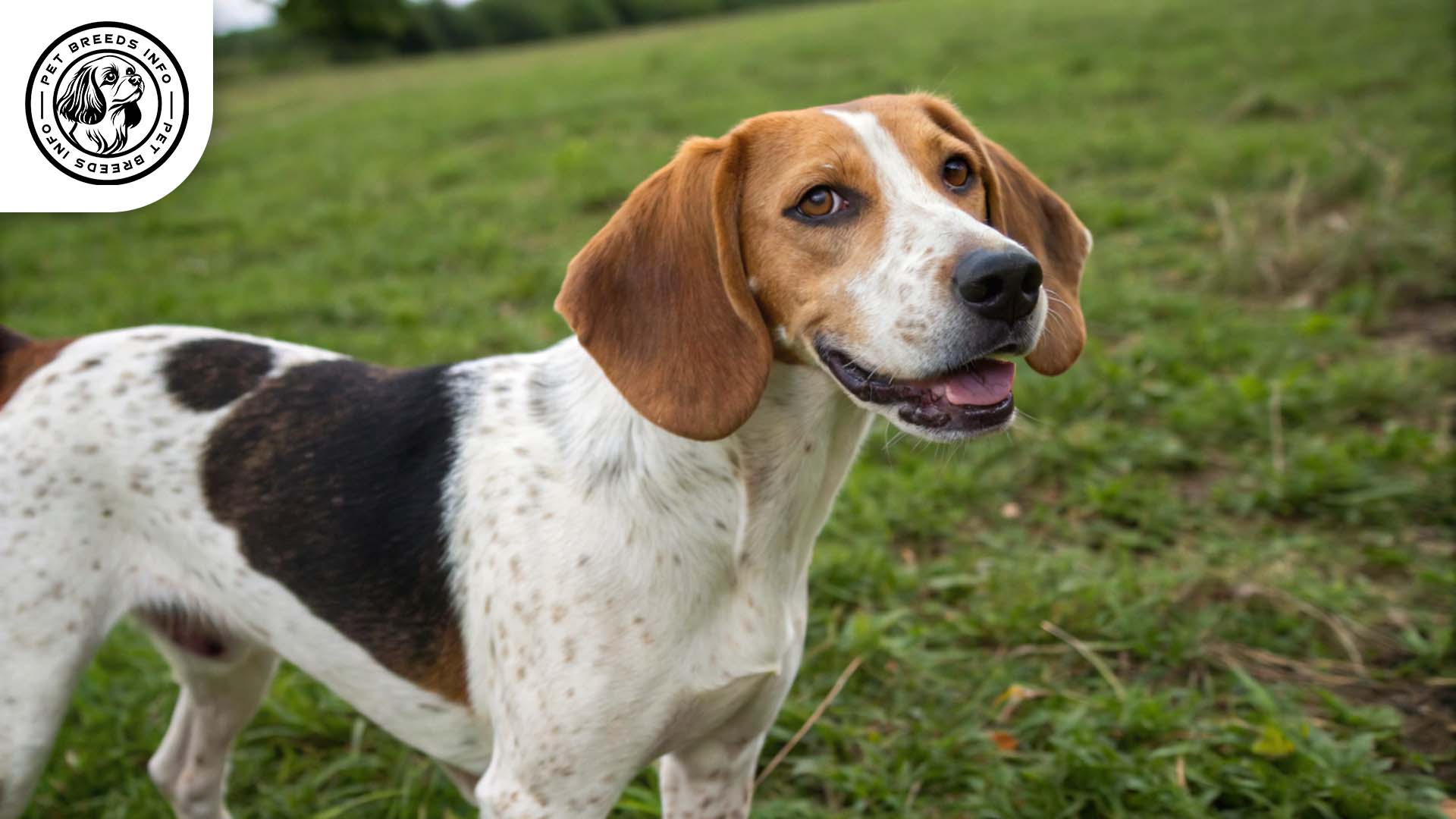
Personality and Temperament
The Estonian Hound is an intelligent breed known for its strong sense of smell and tracking ability. It is eager to learn and generally responds well to training.
This breed has a high energy level and requires regular physical activity to stay healthy and mentally stimulated.
Estonian Hounds form strong bonds with their owners and are known for their affectionate and loyal nature. They thrive on human companionship and do not like being left alone for extended periods.
This breed is friendly and social, getting along well with children and other pets if properly socialized. However, due to its hunting instincts, it may chase small animals, so supervision is necessary.
Playful and active, the Estonian Hound enjoys engaging in games and activities that stimulate both its body and mind.
Read More: Australian Labradoodle Dog
Care and Maintenance Requirements
This breed requires at least an hour of exercise daily, including long walks, running, or interactive play sessions.
The Estonian Hound is best suited for homes with ample space such as houses with yards. While it can adapt to apartment living, it requires frequent outdoor activities.
Grooming is relatively easy—weekly brushing helps manage shedding, and occasional bathing keeps the coat clean.
The breed is generally tolerant of various weather conditions but may require protection in extreme cold or heat.
Regular ear cleaning, nail trimming, and dental hygiene are essential to maintaining good overall health.
Diet and Nutrition
This breed does well on high-quality dry kibble, wet food, or a balanced raw diet. Protein-rich meals are ideal for maintaining their energy levels.
Owners should avoid feeding them foods like chocolate, onions, grapes, and excessively fatty meals.
Portion sizes should be adjusted based on activity level, typically split into two meals per day.
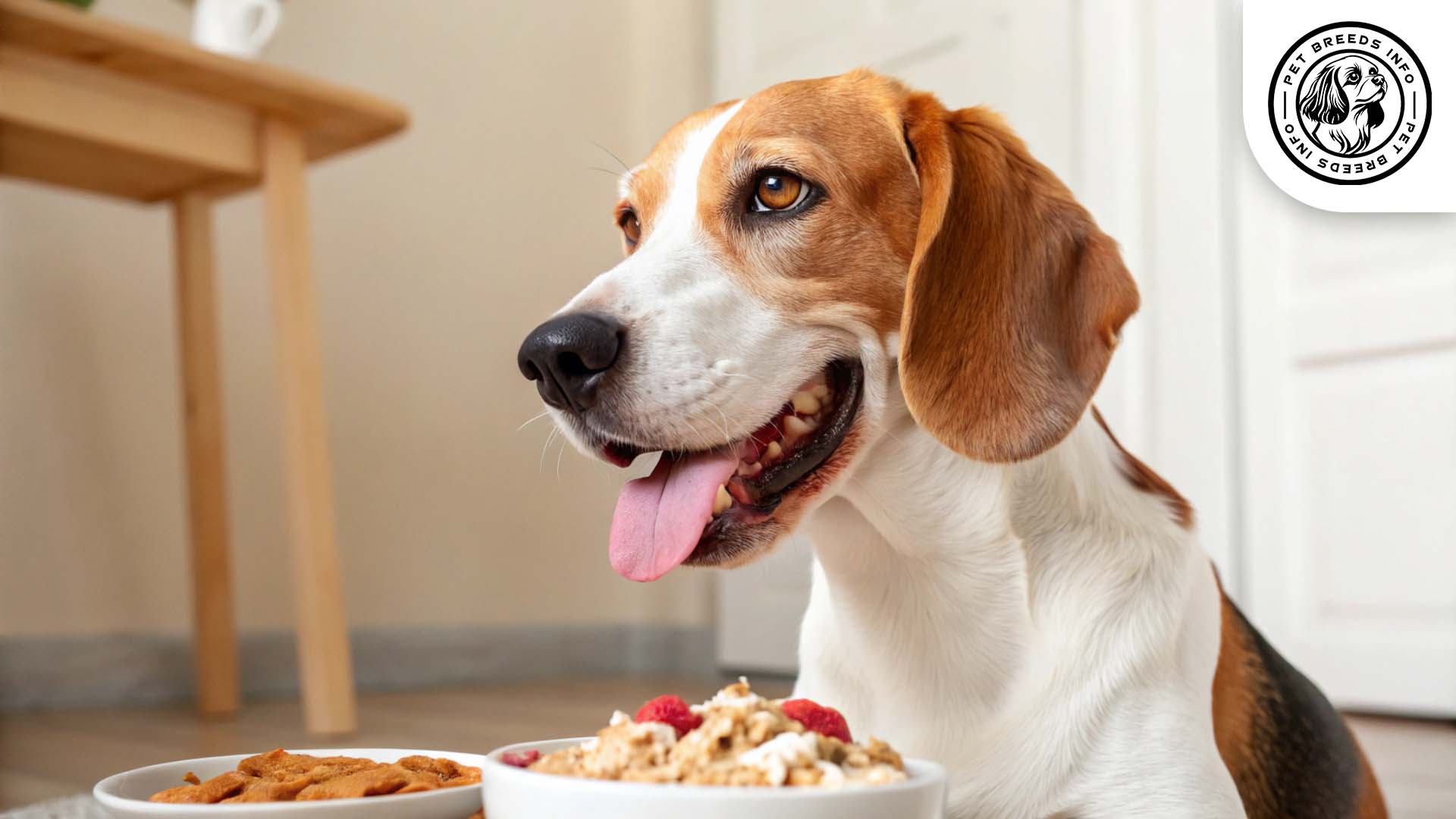
Health and Common Medical Issues
The Estonian Hound is generally a healthy breed, but some common genetic issues may include hip dysplasia and ear infections due to their floppy ears.
Routine vet check-ups, vaccinations, and parasite prevention are essential for maintaining good health.
The average lifespan of an Estonian Hound is around 12-15 years.
Read More: Serbian Tricolour Hound
Training and Behavior Management
This breed is relatively easy to train thanks to its intelligence and eagerness to please its owners.
Early socialization is crucial to help them develop good behavior around strangers and other pets.
Positive reinforcement techniques such as treats, praise, and playwork best for training sessions.
Consistency and patience are essential when training an Estonian Hound to prevent stubborn tendencies.
Interaction with Other Animals and Humans
The Estonian Hound is highly suitable for families, as it is affectionate and enjoys playing with children.
With proper socialization, it can get along with other dogs, but small pets like rabbits may trigger its hunting instincts.
This breed thrives in an environment where it receives attention and companionship. It prefers being around people rather than being left alone for long periods.

Price and Availability
The average cost of an Estonian Hound puppy ranges from $400 to $800, depending on the breeder’s reputation and pedigree.
When looking for a puppy, it’s essential to choose reputable breeders or consider adoption from shelters or rescue groups.
Potential owners should ensure they are receiving a healthy and well-socialized puppy with veterinary records and lineage certification.
Read More: Bosnian Coarse-haired Hound
Conclusion and Final Thoughts
The Estonian Hound is a loyal, active, and intelligent breed that thrives in an environment where it receives plenty of exercise and human interaction.
It is an excellent choice for active families, hunters, and individuals who enjoy outdoor activities and can provide the companionship and space this breed needs.
Before adopting an Estonian Hound, potential owners should consider its high energy levels, training requirements, and need for companionship.
With proper care, training, and attention, this breed makes a wonderful and affectionate companion.
FAQ
What is the lifespan of an Estonian Hound?
The Estonian Hound typically lives between 12 to 15 years with proper care and attention.
Is the Estonian Hound good with children?
Yes, the breed is affectionate, friendly, and enjoys playing with children, making it a great family dog.
What is the Estonian Hound’s exercise requirement?
The Estonian Hound needs at least an hour of exercise daily, including long walks, running, or interactive play.
Does the Estonian Hound get along with other pets?
With proper socialization, it can get along with other dogs but may chase small pets like rabbits due to its hunting instincts.
How much does an Estonian Hound puppy cost?
The cost of an Estonian Hound puppy typically ranges from $400 to $800, depending on the breeder and pedigree.
